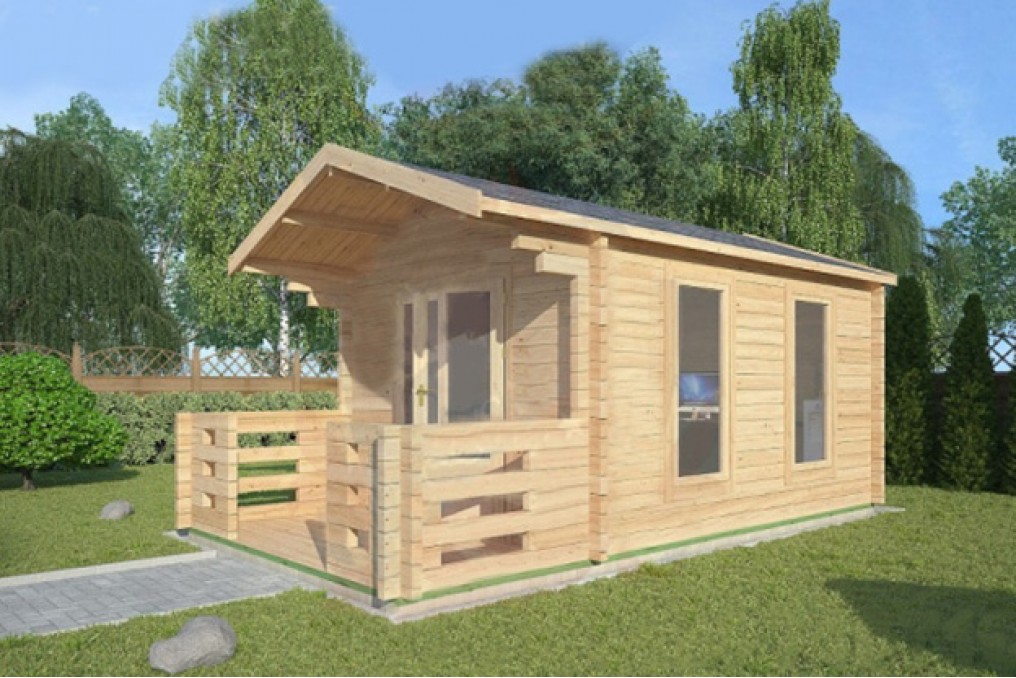
I don’t like for there to be any flap of fabric inside the casing for my elastic to get stuck under when I’m inserting it, so I like to stitch down the seam allowance, as close as possible to the edges. Note that only half of it is actually stitched together, so fold and press the rest of open at the exact same width as if it were sewn all the way. (This point will undergo some stress.) Press the seam allowance open. Using 1/2″ SA - or whatever your pattern calls for - stitch from one edge to the center point or just a hair beyond, and backtack firmly. Line up the two short ends, right sides together, and mark the center point.
#LOG CABIN TACK PLUS#
Robbie is 1/2″ seam allowance, so that’s 5″ plus a smidge. With the Robbie pants, I’m pretty sure I simply doubled the height of the waistband pattern piece to get the piece I’ve been using. And the width of your piece (the circumference) should be as it is in the original pattern, to match the pieces it attaches to. For that, your waistband piece needs to be 4″ tall, plus seam allowance on top and bottom, plus a smidge for wiggle room. This is a totally different width and attachment approach than what you’ll find in the Robbie Pant pattern, and you can use this method with basically any waistband that is just a rectangle formed into a loop. This is a method I learned sometime in my youth and have always preferred and used when making the assorted elastic-waist skirt or whatever.

I’m using photos I snapped while sewing the denim pair last year, and apologize for the photo quality and not reshooting them when doing the latest pair, but I think it’s easier to see what’s going on (even though the photos are so messy!) since the denim has a visible right and wrong side. As noted yesterday, I’ve gotten a lot of questions about how I do the waistbands on my modified Robbie pants, so here’s a rough how-to for you. If you get the variables right, an elastic waist can be perfectly flattering and even chic. To me, a wider band will always look better, and it definitely lays flatter. Land of The Burnt Thigh: A Lively Story of Women Homesteaders on the South Dakota Frontier by Edith E.Elastic waistbands are tricky, let’s face it: They can look great or utterly disastrous depending on the type of fabric, the amount of fabric piled up on the elastic, and most of all in my view, the width. Journals, Diaries, and Letters Written by Women on the Oregon Trail 1836-1865

Women of the Frontier : 16 Tales of Trailblazing Homesteaders, Entrepreneurs, And Rabble-Rousers by Brandon Marie Millerīefore Wyoming: American Indian Geography and TrailsĪfrican American Homesteaders in the Great Plains Pre-Columbian Cultures and Civilizations, The History of North America Podcast But they all worked hard to “prove up” their homesteads.Īnd most of them realized that the land they were claiming had been home to Native people for centuries. Quite a few had no interest at all in a husband. Some were looking for husbands, others had left husbands, or lost them to death, divorce, or desertion. Thousands of the homesteaders were women. Under the Homestead Act of 1862 and its revisions, over 1 million applicants received a plot of land from the Federal government. The beds had curtains and there was a curtained alcove between the beds that made a good dressing room.

I put the tool chest, the trunks, the goods box made into a cupboard, and the beds all around the wall to hold down the carpet, as there was nothing to tack it to. It had a dirt floor and dirt roof, but I tacked muslin overhead and put down lots of hay and spread a rag carpet on the floor. “In about a week we had a cabin ready to move into. “Miss Mary Longfellow holding down a claim west of Broken Bow, Nebraska”


 0 kommentar(er)
0 kommentar(er)
